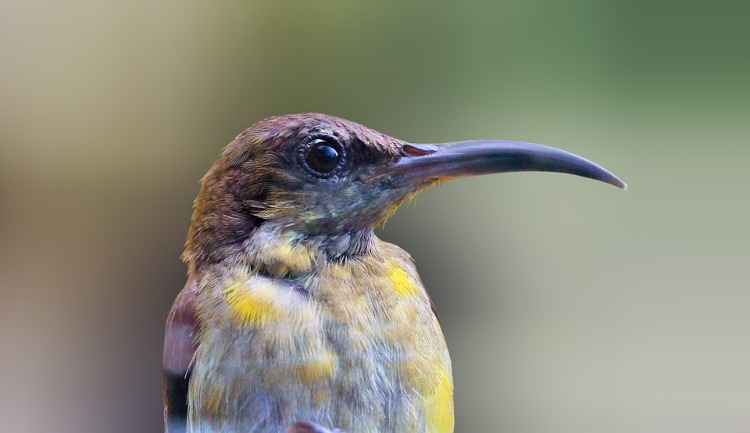Birds beak shape, function tightly linked to their feeding ecologies: Study

- Country:
- United Kingdom
The beaks of birds are not as adapted to the food types they feed on as it is generally believed, according to a study which suggests the versatile tool evolved to accomplish many useful tasks. The observation that Galapagos finch species possessed different beak shapes to obtain different foods was central to the theory of evolution by natural selection, said researchers at the University of Bristol in the UK. It has been assumed that this form-function relationship holds true across all species of bird, they said. The study, published in the journal Evolution, used computational and mathematical techniques to better understand the connection between beak shapes and functions in living birds.
By measuring beak shape in a wide range of modern bird species from museum collections and looking at information about how the beak is used by different species to eat different foods, the team was able to assess the link between beak shape and feeding behaviour. "This is, to our knowledge, the first approach to test a long-standing principle in biology: that the beak shape and function of birds is tightly linked to their feeding ecologies," said Professor Emily Rayfield from the University of Bristol.
"The connection between beak shapes and feeding ecology in birds was much weaker and more complex than we expected," said Guillermo Navalon, lead author of the study and a PhD student at Bristol. "While there is definitely a relationship there, many species with similarly shaped beaks forage in entirely different ways and on entirely different kinds of food," Navalon said. "These results only made sense when you realise birds use the beak for literally everything! said Jesus Marugan-Lobon from Universidad Autonoma de Madrid in Spain.
"Therefore, it also makes sense they evolved a versatile tool not just for getting food, but also to accomplish many other tasks," said Marugan-Lobon. This is the first time we studied the link between beak shape and ecology across all bird groups, said Jen Bright from the University of South Florida in the US. The researchers looked at a huge range of beak shapes and feeding ecologies: hummingbirds, eagles, parrots, puffins, flamingos.
(With inputs from agencies.)
- READ MORE ON:
- Galápagos Islands
- Qualitative research
- University of Bristol
- Bristol Airport
- Bristol City F.C.
- Sarah Spain
- Cartagena- Spain
- Flag of Spain
- Galapagos
- Emily Rayfield
- Guillermo Navalon
- researchers
- PhD student
- team
- Bristol
- bird groups
- MaruganLobon
- Jesus
- Universidad Autonoma de Madrid
- Spain










